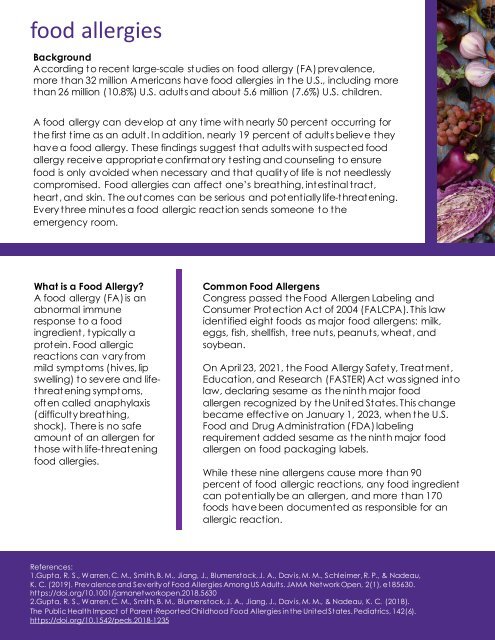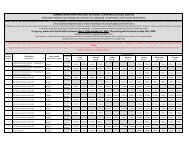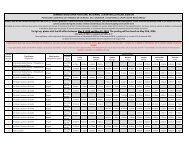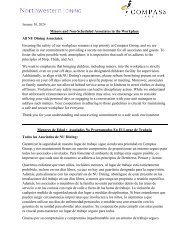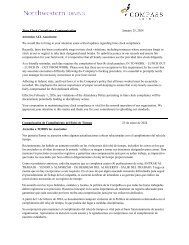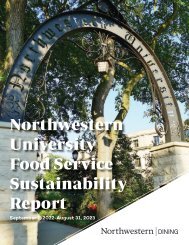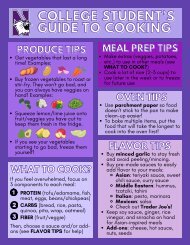2023AllergenGuide_PureEats (1)
You also want an ePaper? Increase the reach of your titles
YUMPU automatically turns print PDFs into web optimized ePapers that Google loves.
food allergies<br />
Background<br />
According to recent large-scale studies on food allergy (FA) prevalence,<br />
more than 32 million Americans have food allergies in the U.S., including more<br />
than 26 million (10.8%) U.S. adults and about 5.6 million (7.6%) U.S. children.<br />
A food allergy can develop at any time with nearly 50 percent occurring for<br />
the first time as an adult. In addition, nearly 19 percent of adults believe they<br />
have a food allergy. These findings suggest that adults with suspected food<br />
allergy receive appropriate confirmatory testing and counseling to ensure<br />
food is only avoided when necessary and that quality of life is not needlessly<br />
compromised. Food allergies can affect one’s breathing, intestinal tract,<br />
heart, and skin. The outcomes can be serious and potentially life-threatening.<br />
Every three minutes a food allergic reaction sends someone to the<br />
emergency room.<br />
What is a Food Allergy?<br />
A food allergy (FA) is an<br />
abnormal immune<br />
response to a food<br />
ingredient, typically a<br />
protein. Food allergic<br />
reactions can vary from<br />
mild symptoms (hives, lip<br />
swelling) to severe and lifethreatening<br />
symptoms,<br />
often called anaphylaxis<br />
(difficulty breathing,<br />
shock). There is no safe<br />
amount of an allergen for<br />
those with life-threatening<br />
food allergies.<br />
Common Food Allergens<br />
Congress passed the Food Allergen Labeling and<br />
Consumer Protection Act of 2004 (FALCPA). This law<br />
identified eight foods as major food allergens: milk,<br />
eggs, fish, shellfish, tree nuts, peanuts, wheat, and<br />
soybean.<br />
On April 23, 2021, the Food Allergy Safety, Treatment,<br />
Education, and Research (FASTER) Act was signed into<br />
law, declaring sesame as the ninth major food<br />
allergen recognized by the United States. This change<br />
became effective on January 1, 2023, when the U.S.<br />
Food and Drug Administration (FDA) labeling<br />
requirement added sesame as the ninth major food<br />
allergen on food packaging labels.<br />
While these nine allergens cause more than 90<br />
percent of food allergic reactions, any food ingredient<br />
can potentially be an allergen, and more than 170<br />
foods have been documented as responsible for an<br />
allergic reaction.<br />
References:<br />
1.Gupta, R. S., Warren, C. M., Smith, B. M., Jiang, J., Blumenstock, J. A., Davis, M. M., Schleimer, R. P., & Nadeau,<br />
K. C. (2019). Prevalence and Severity of Food Allergies Among US Adults. JAMA Network Open, 2(1), e185630.<br />
https://doi.org/10.1001/jamanetworkopen.2018.5630<br />
2.Gupta, R. S., Warren, C. M., Smith, B. M., Blumenstock, J. A., Jiang, J., Davis, M. M., & Nadeau, K. C. (2018).<br />
The Public Health Impact of Parent-Reported Childhood Food Allergies in the United States. Pediatrics, 142(6).<br />
https://doi.org/10.1542/peds.2018-1235


